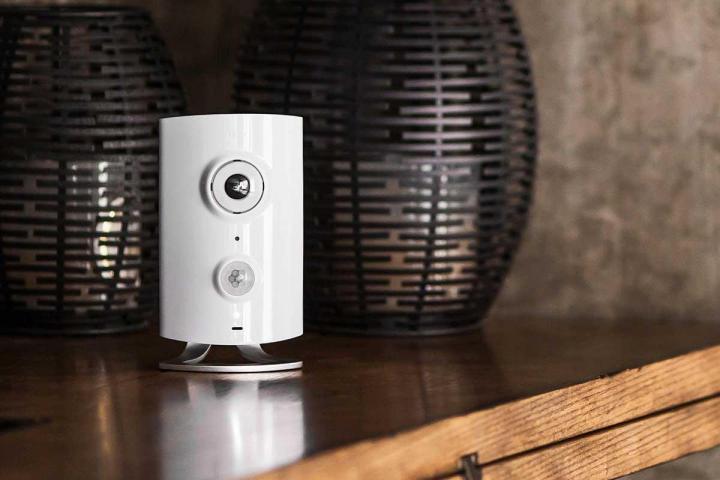
In 2013, State Farm paired up with ADT and Lowe’s. First, State Farm customers could get discounts on connected home-monitoring equipment from those brands, including smoke detectors and thermostats. Additionally, the Home Alert Discount could lead to a 10 percent reduction on their home or renter’s insurance if they have an alarm system that detects entry via door and window sensors or motion sensors and an audible alarm. Right now, State Farm is one of the few insurance companies offering such a discount, but as the smart device market grows — mainstream adoption is expected by 2019 — the practice could become more widespread.
Smart thermostats and security systems are expected to be among the most common connected home devices in the next five years; people are generally concerned with saving on their heating and cooling bills and keeping their homes safe. But something like Nest — coupled with Dropcam, August smart locks, and other Works With Nest devices — is exactly what insurance companies like to see in their customers’ homes.
“If somebody has some sort of temperature-monitoring system in their house, we give them a discount for that.”
“If somebody has some sort of temperature-monitoring system in their house, we give them a discount for that,” says Tim Arone, VP of Risk Management at Pure Insurance. The company specializes in high-net-worth homes, and Arone’s clients are becoming more and more interested in smart-home technology. While these types of systems used to be out of reach for less-wealthy homeowners, that’s starting to change. “The price point of all this technology is coming down, because it’s becoming more and more mainstream,” he says.
The price of exterior security cameras and window and door sensors is also dropping; Piper is a do-it-yourself home security kit that costs $239, with no monthly fees. Meanwhile, Sengled’s Snap disguises its surveillance features (camera, microphone, and sensors) inside a long-lasting LED light bulb; which makes them less likely for burglars to spot and disable.
A smart thermostat can help prevent pipes from freezing, while products like Utilitech’s smart-leak detector can shut off the water if it detects moisture. It makes sense that insurance companies such as Pure would be big fans of technology that helps homeowners prevent and minimize damage. The same appeal is there for owners themselves, especially when paired with the potential for lower energy bills. There are other potential benefits, too. “When I sell my house,” says Arone, “this could make it a little more valuable, what distinguishes my house versus my neighbor’s house.”
Of course, not everyone wants a smart home. The idea of someone being able to hack your thermostat concerns a lot of people, Arone admits. Yet the threat isn’t dissuading him from speculating about smart-home gadgets’ role in the future of insurance. “We could see installation of intelligent devices, such as the Nest product or any other product, almost being considered alongside installing storm shutters on a house in Florida when calculating premiums,” he says. Though he’s seen interest in smart thermostats and water-leak detectors from clients across the country, insurance companies that start offering similar discounts may start small, keeping the incentives to areas of the U.S. most prone to floods and freezing pipes.
Besides concerns about hacking, some consumers fear how insurance companies could use the data they collect. While Arone admits companies could award discounts based on how often a home is occupied or the average humidity in the house, he doesn’t foresee companies using the information against homeowners. “Like the devices installed in many cars that auto insurance companies use to reward safe driving, the smart-home data would be used as an incentive, not a disincentive,” he says.
At this point, it’s not entirely clear what other benefits or concerns could come from insurers urging their customers to use smart-home devices. “This is at the very, very early stages, and it’s just going to continue to grow and refine,” says Arone. “It’s very new.”
Updated on 02/03/2015: Corrected to indicate that smart thermostats don’t currently qualify for Sate Farm’s insurance breaks and clarify the terms of its Home Alert Discount.
Editors' Recommendations
- Go smart or go home: Amazon’s Echo Show 8 smart display is $50 off
- Google rolls out new Nest Cam features to Google Home for web
- How to reset a Google Nest Mini smart speaker
- The best smart light switch for Alexa, Google Home, and HomeKit
- How to add multiple users to your Google Home (Nest) device



